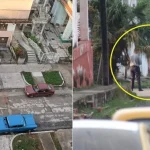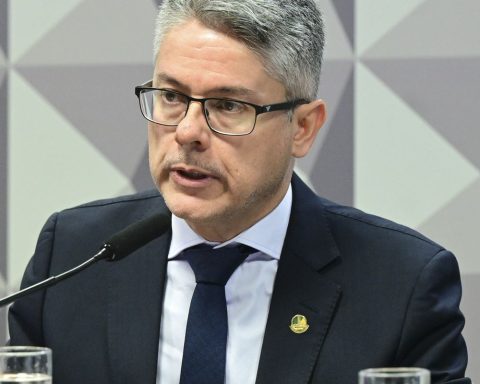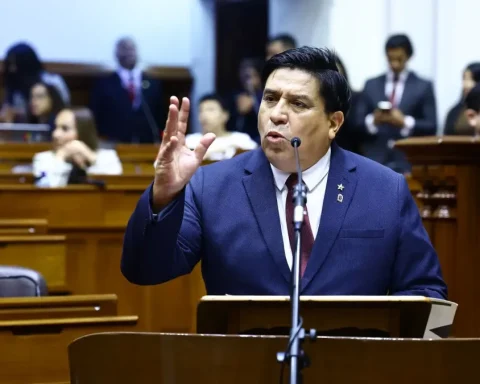The Amsterdam mayor’s project to move prostitution from the famous Red Light District to an “erotic center” in the suburbs has sparked a confrontation with neighbors and sex workers, fiercely opposed to this change.
Source: AFP
Hundreds of residents of the suburbs in question, opposed to the installation of a “huge brothel” next to their houses, joined the protests of sex workers who want to stay behind the windows illuminated with scarlet neon near the canals of the historic center .
The protagonist of the controversy is the mayor Femke Halsema, who defends her plan with all her might, but is unable to convince.
“It’s not possible,” says a mother crying after a meeting between the mayor and the residents of one of the three places planned for the creation of the erotic center.
Residents fear that the riot of the Red Light District will reach their streets.
For their part, the sex workers consider themselves the scapegoat of the mayoress in her attempt to control crime and mass tourism in the city center.
“The mayor says that we are just a tourist attraction and that people come to make fun of us and humiliate us,” says a sex worker.
“But it’s not like that,” adds this worker, who identifies herself as Michelle, to AFP.
– “Endurance” –
Amsterdam, mecca of legal prostitution, tries to shake off its “sin city” image and tries to reduce party tourism.
“There will always be resistance, regardless of the solution chosen,” Halsema told AFP, visibly questioned during her meetings with residents.
In March, sex workers demonstrated in the city streets, waving banners reading “Save the Red Light District“. They affirm that the fact of displacing it will affect its activity and its security.
The lawsuit even involved the European Medicines Agency (EMA) – which in 2019, after Brexit, left London – firmly opposed to two of the proposed sites being close to its new headquarters in the south of Amsterdam.
But organizations like the EMA “know which city” they are in, says the mayor, convinced that sex workers will be safer in an erotic center, an argument they reject.
“If you’re in the interior, that’s fine, but you also have to guarantee your income,” says Michelle.
In addition, the 100 proposed places will not be enough, compared to the 250 booths in the Red Light District, says the Dutch woman.
But with its spaces for culture, art and “erotic” fun, the building could benefit some, he adds.
– “Witch hunt” –
The Red Light District only represents a “small part” of prostitution in the Dutch capital, stressed Alexander de Vos, a former sex worker gay present at a meeting between the mayor and citizens of Amsterdam.
“There’s also transgender and gay people” for whom “there is no place and that center offers them a chance”, he adds to AFP.
Alexander says he is against a closure of the Red Light District, subject to increasingly restrictive measures: brothels must close earlier on the weekend and the ban on alcohol consumption will be extended to cannabis.
Amsterdam has also launched an online campaign to discourage young Europeans from staging bachelor parties or other festive activities in the city.
Denouncing a “witch hunt”, sex workers claim that displacing them will impact their profits without solving the problem, and deny that they are the cause of mass tourism and crime.
The neighborhood is full of “posters with everything that is not authorized”, underlines Michelle.
“The problem is that no one is fined,” observes this Dutch woman, for whom the municipality should enforce the existing rules.
On the other hand, the residents of the Red Light District, where prostitution has existed since the 16th century, “know where they settled”, adds Michelle.
Displacing sex workers from the center to the suburbs It looks like a project gentrification“, he concluded.
















